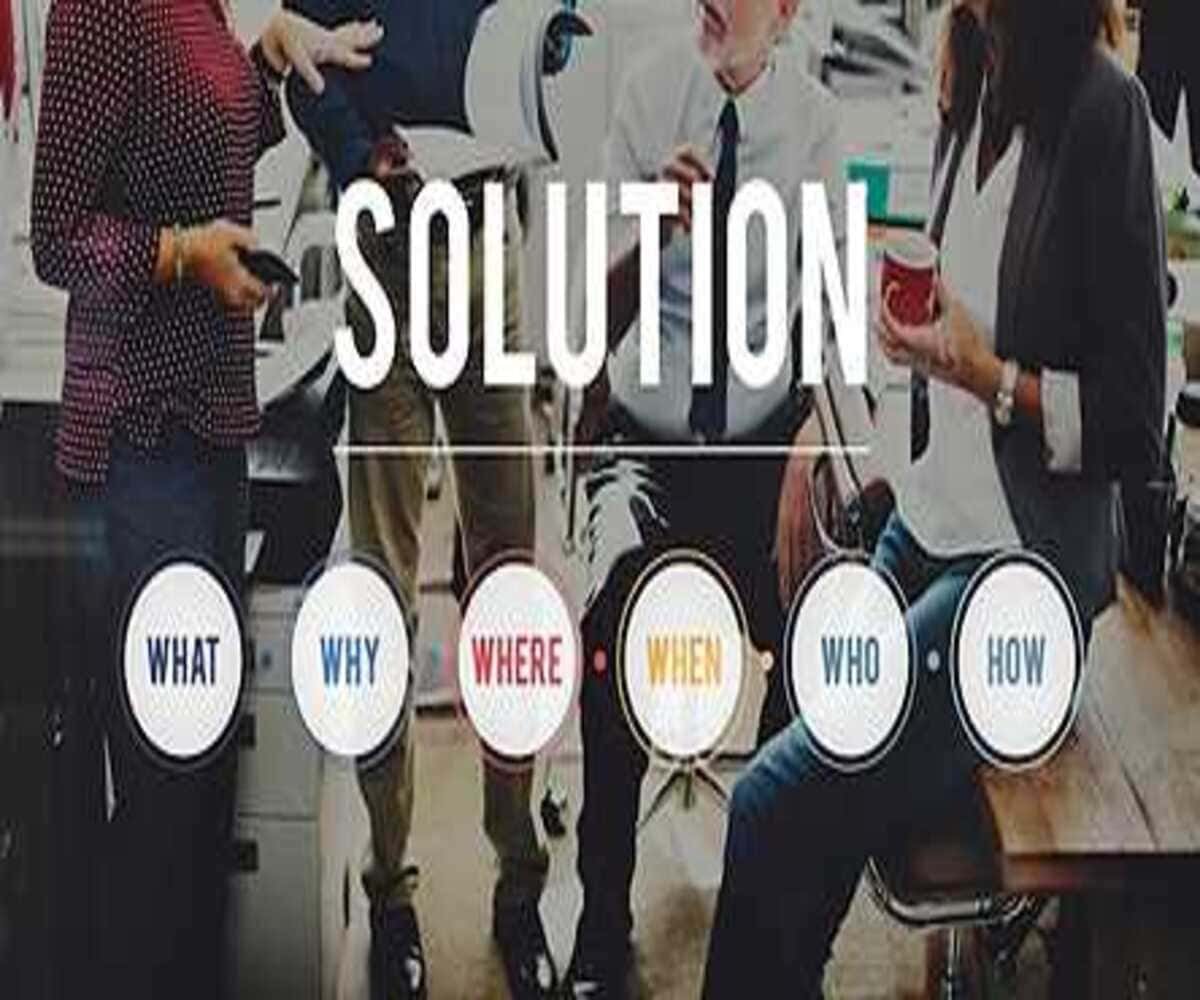Introduction
Understanding the buying decision process is crucial for businesses looking to enhance their sales and marketing strategies. Consumers don’t just make purchases randomly; they follow a structured decision-making journey that consists of five key stages. By comprehending these stages, businesses can influence consumer behavior, optimize marketing efforts, and improve conversion rates.
The five stages of the buying decision process include:
- Problem Recognition – Identifying a need or problem.
- Information Search – Researching possible solutions.
- Evaluation of Alternatives – Comparing different options.
- Purchase Decision – Making the final buying choice.
- Post-Purchase Behavior – Assessing satisfaction and influencing future buying decisions.
Let’s explore each stage in detail.
1. Problem Recognition – Identifying a Need
The buying journey begins when a consumer realizes a problem or a need arises that requires a solution. This stage is often influenced by internal or external stimuli, such as:
- Personal Needs: Running out of a product or needing an upgrade.
- External Influences: Advertisements, social media, recommendations, or environmental changes.
- Lifestyle Changes: Moving to a new home, changing jobs, or having a baby can trigger new buying decisions.
- Market Trends: New product launches, fashion trends, or technological advancements.
Marketing Strategies for Problem Recognition:
- Emotional Advertising: Brands can use compelling ads to create awareness of a potential need.
- Educational Content: Blogs, videos, and social media posts that highlight a problem and offer solutions.
- Influencer Marketing: Consumers trust recommendations from influencers and experts.
2. Information Search – Exploring Solutions
Once a need is identified, the consumer begins researching ways to solve the problem. This search can be internal (recalling past experiences) or external (seeking information from various sources). Key sources of information include:
- Search Engines (Google, Bing, etc.) – Consumers look for product reviews, comparison articles, and company websites.
- Social Media & Influencers – Reviews and testimonials play a significant role in decision-making.
- Word of Mouth & Personal Recommendations – Suggestions from family, friends, or colleagues.
- Company Websites & Advertisements – Consumers check product specifications, features, and benefits.
Marketing Strategies for Information Search:
- SEO Optimization: Ensuring high rankings on search engines for relevant keywords.
- Content Marketing: Providing in-depth guides, blog posts, and explainer videos.
- User-Generated Content: Encouraging customers to share their experiences and reviews.
3. Evaluation of Alternatives – Comparing Options
At this stage, the consumer analyzes different products or services based on key factors such as:
- Price & Value: Assessing affordability and cost-effectiveness.
- Features & Benefits: Comparing specifications, quality, and functionalities.
- Brand Reputation & Reviews: Checking credibility through ratings, reviews, and testimonials.
- Return Policies & Warranties: Ensuring a safety net for their purchase.
Marketing Strategies for Alternative Evaluation:
- Comparison Charts & Product Demos: Highlighting competitive advantages.
- Trust Signals: Displaying customer reviews, certifications, and brand achievements.
- Limited-Time Offers & Incentives: Encouraging faster decision-making.
4. Purchase Decision – Making the Final Choice
After evaluating options, the consumer decides to make a purchase. However, external factors can still influence the decision, such as:
- Discounts & Special Offers: Price reductions and bundled deals can tip the scales.
- Flexible Payment Options: Providing installment plans or multiple payment methods.
- Customer Support: Addressing last-minute concerns through live chat or FAQs.
Marketing Strategies for the Purchase Decision:
- Clear & Persuasive CTAs (Call-to-Action): Using phrases like “Buy Now” or “Get Yours Today.”
- Easy Checkout Process: Reducing friction in payment and form submission.
- Personalized Offers & Upselling: Recommending additional products to enhance the purchase.
5. Post-Purchase Behavior – Customer Experience & Retention
After the purchase, the consumer assesses their satisfaction with the product or service. This stage determines whether they will become loyal customers, leave reviews, or recommend the brand to others. Post-purchase behavior can be:
- Positive: If the product meets or exceeds expectations, leading to repeat purchases and brand advocacy.
- Neutral: The consumer neither praises nor criticizes the brand.
- Negative: If expectations are not met, leading to complaints, returns, or negative reviews.
Marketing Strategies for Post-Purchase Behavior:
- Follow-Up Emails: Sending thank-you emails with additional product usage tips.
- Customer Loyalty Programs: Offering rewards, discounts, and exclusive benefits for repeat customers.
- Review & Feedback Requests: Encouraging satisfied customers to leave testimonials.
- Responsive Customer Support: Addressing complaints promptly to maintain brand reputation.
Conclusion
The five stages of the buying decision process offer valuable insights into consumer behavior. By strategically influencing each stage—from problem recognition to post-purchase engagement—businesses can optimize their marketing efforts, improve customer experiences, and increase sales.
Boost Your Sales with SignifyHR
At SignifyHR, we specialize in consumer behavior analysis and strategic marketing solutions. Contact us today to refine your sales funnel and maximize your business growth!

